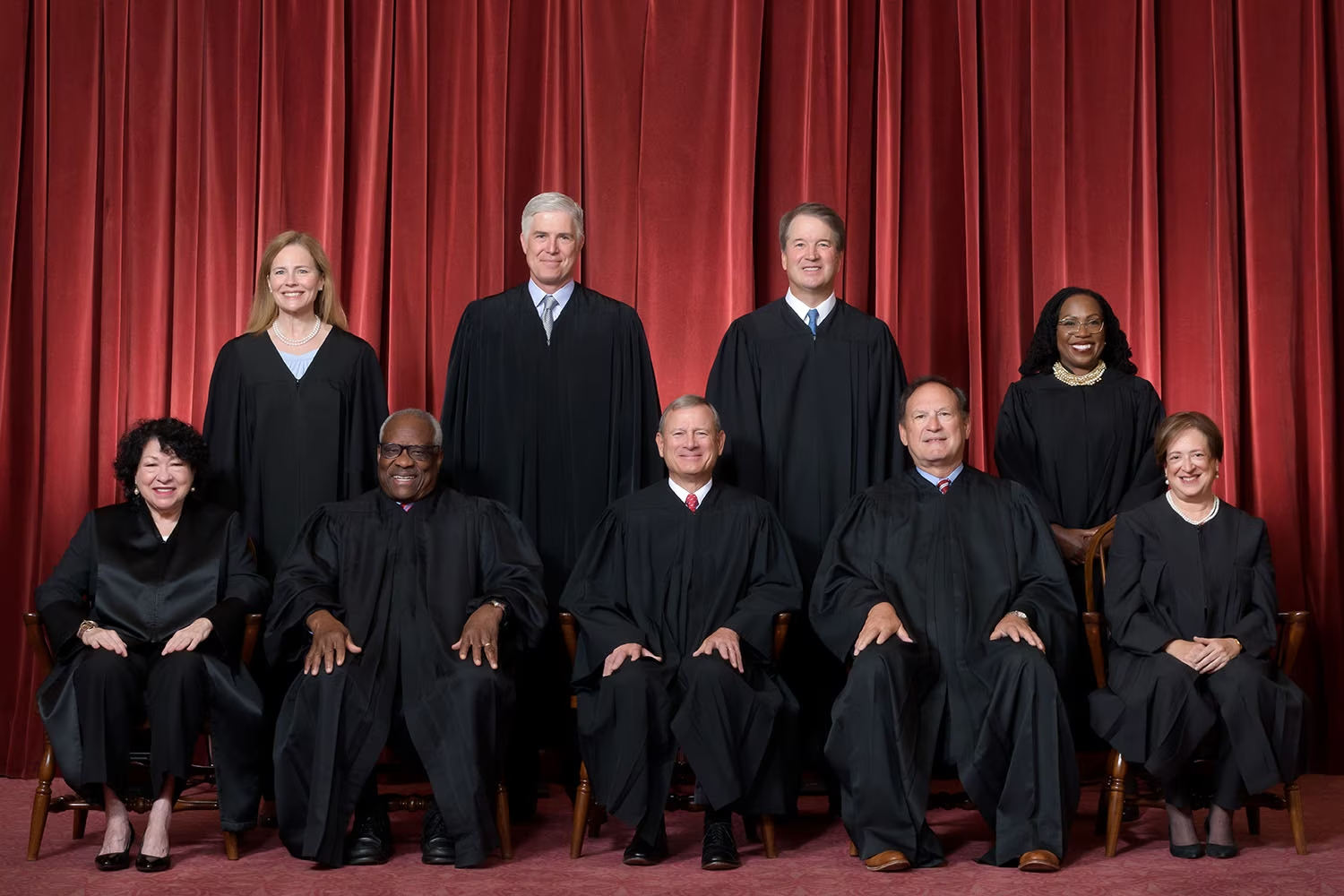A recent Supreme Court decision that substantially narrowed the Environmental Protection Agency’s authority to regulate millions of acres of wetlands is expected to open more land for development.
More than half of the nation’s wetlands could lose protection under the Clean Water Act, according to environmentalists and legal analysts. This concerns water quality advocates who fear the ruling will lead to degraded water supplies.
From a developer’s perspective, projects will have fewer regulatory hurdles to overcome, making them faster to move from conception to construction. This could make new housing developments more financially viable during a time of acute housing shortages in many areas of the U.S., they point out.
The case, Sackett v. Environmental Protection Agency, involved an Idaho couple who tried to build a house on property they’d purchased. The couple filled a soggy part of the property with sand and gravel to prepare for construction. The EPA ordered them to halt construction and return the property to its original state. The couple then sued the agency.
Related Stories
Codes and Standards | Aug 28, 2018
New York’s green roof program needs reform
Despite incentives, few owners add vegetative roofs.
Codes and Standards | Aug 24, 2018
Resilience, sustainability emphasized in plans for new 23,000-acre city in the Philippines
“A backup for when Manila fails.”
Codes and Standards | Aug 23, 2018
Cities promote deconstruction of old homes with mixed results
Market factors complicate efforts to recycle material from old structures.
Codes and Standards | Aug 22, 2018
Oregon is first state to change building code to allow tall mass timber buildings
Statewide alternate method allows early technical consideration and approval.
Codes and Standards | Aug 21, 2018
First mass timber panel made from structural composite lumber gets APA certification
Said to be much more cost effective than CLT options.
Codes and Standards | Aug 17, 2018
Zoning changes can be crucial to filling large, empty retail spaces
Alternative uses often require action by local officials.
Codes and Standards | Aug 16, 2018
Nearly a quarter of opioid overdose deaths attributable to construction workers
Massachusetts public health study finds pressure to work in pain contributes to problem.
Codes and Standards | Aug 15, 2018
ICC creates new committee on building safety and security
Will include experts from many different disciplines.
Codes and Standards | Aug 14, 2018
Philadelphia adopts 2018 IECC energy code, while state opts for 2015 code
City is one of the first jurisdictions to adopt newest code.
Codes and Standards | Aug 9, 2018
Denver’s goal of 100% renewable energy by 2030 includes net zero energy buildings
Community solar programs for low income residents part of plan.

















